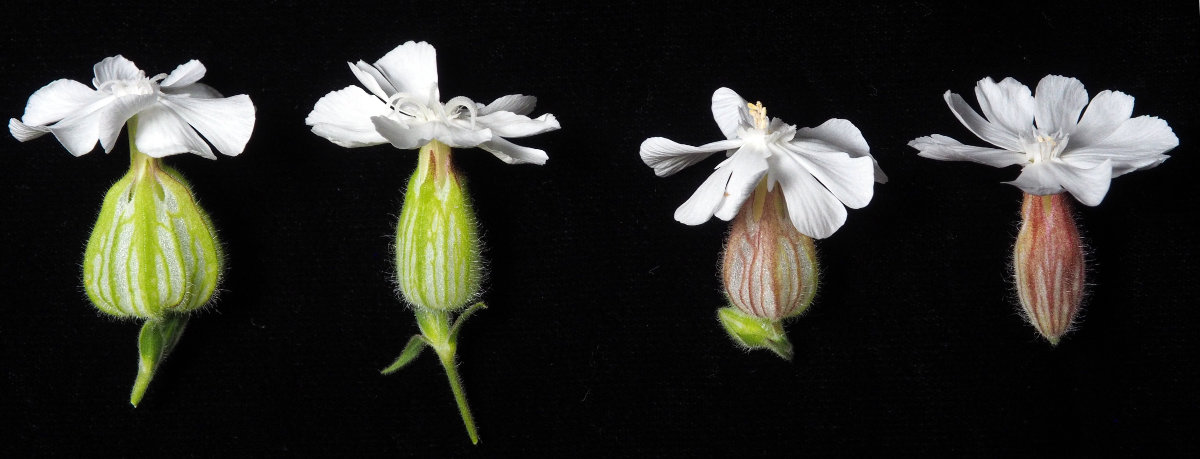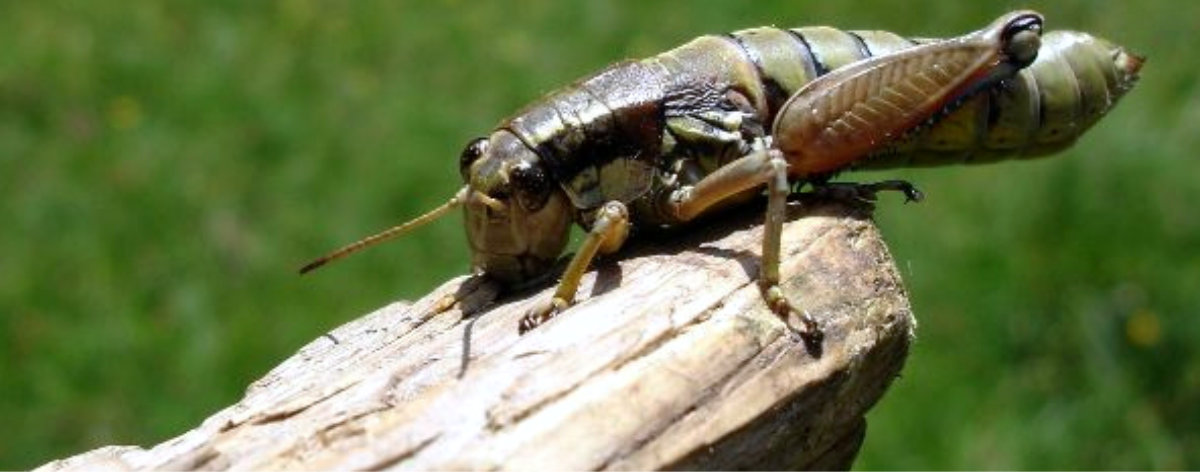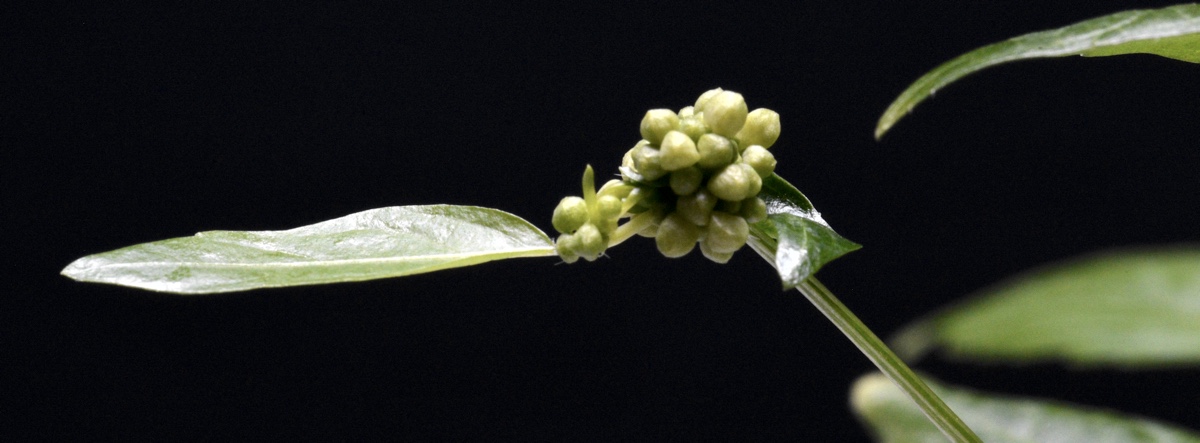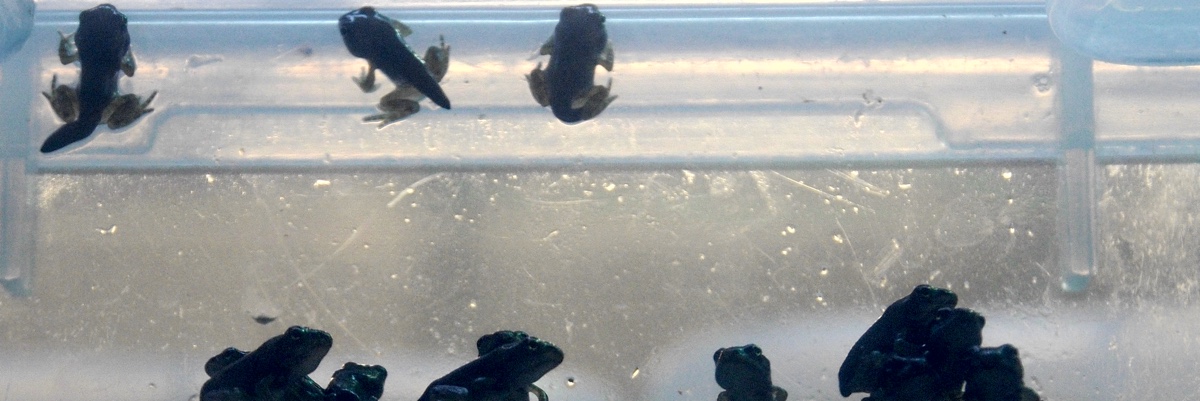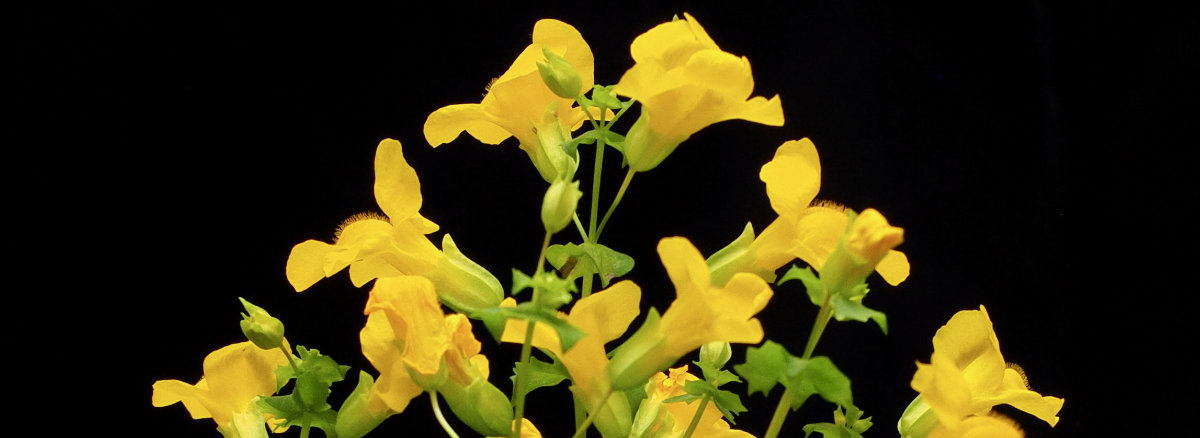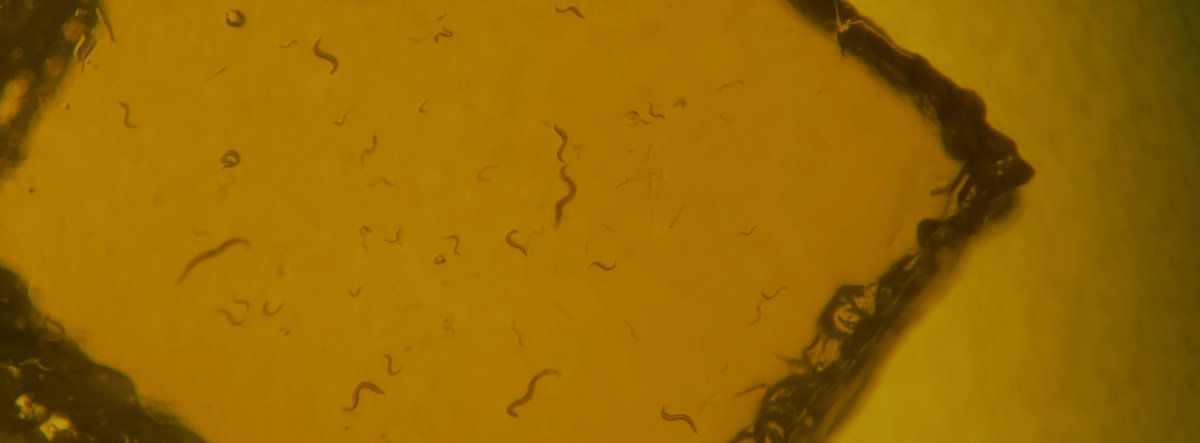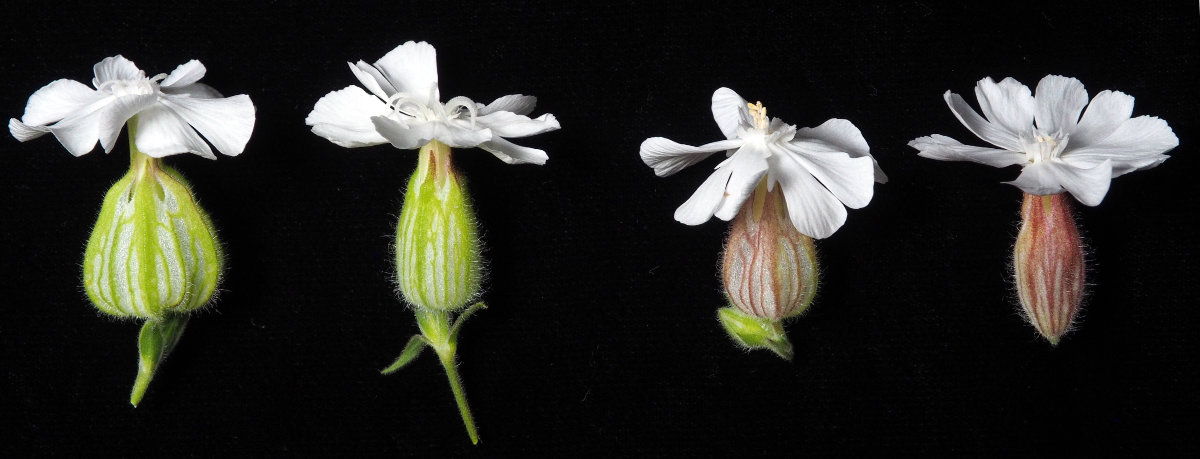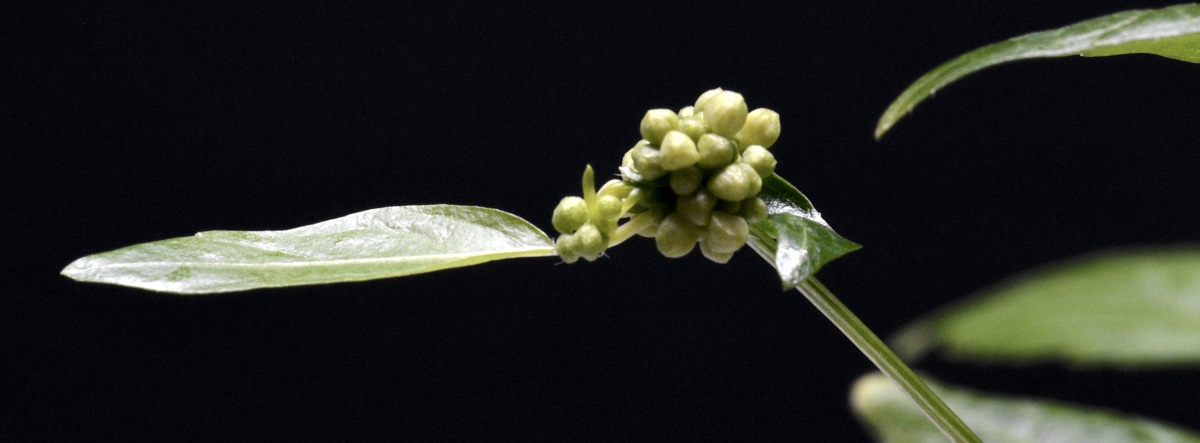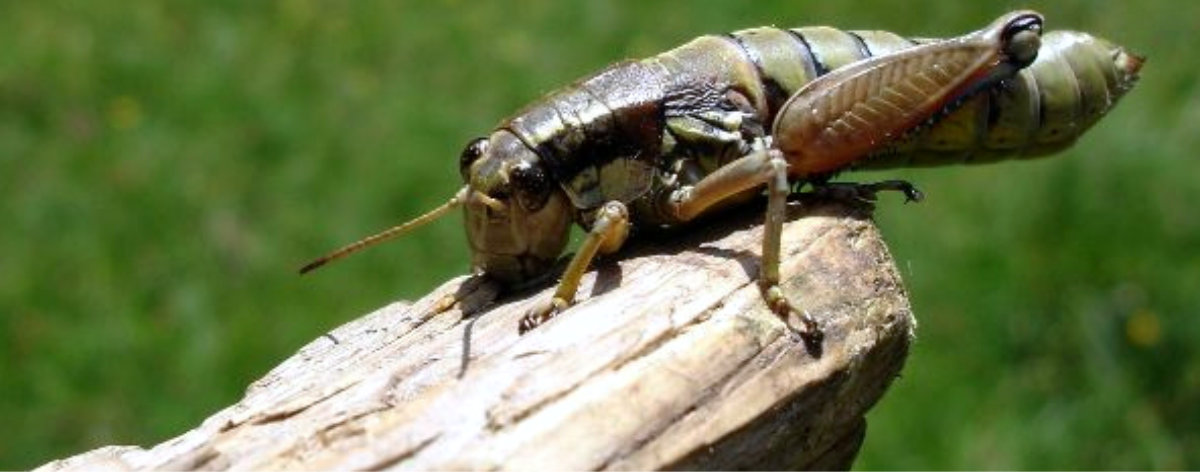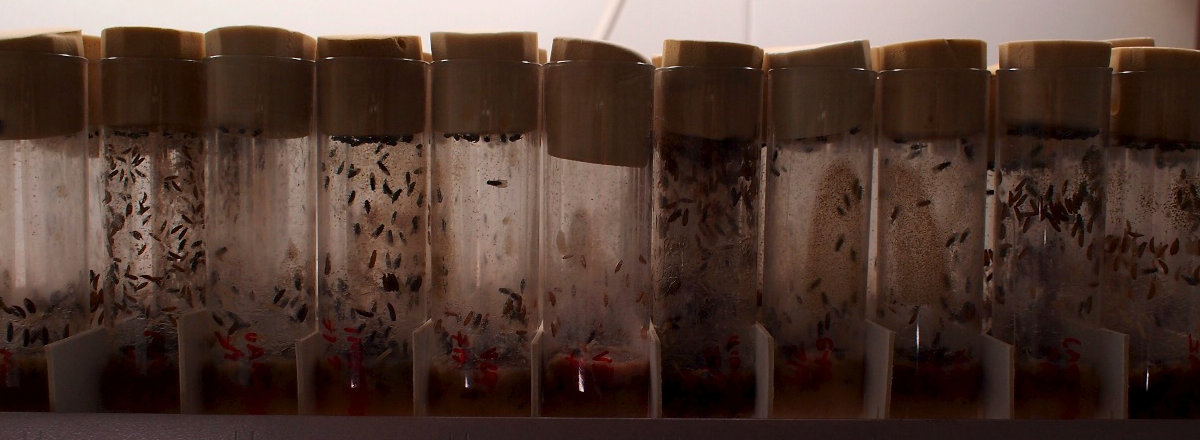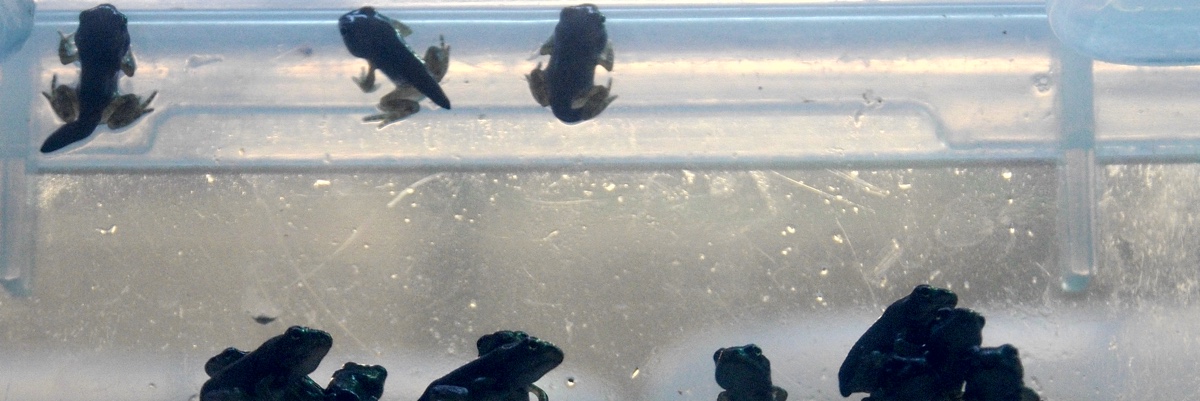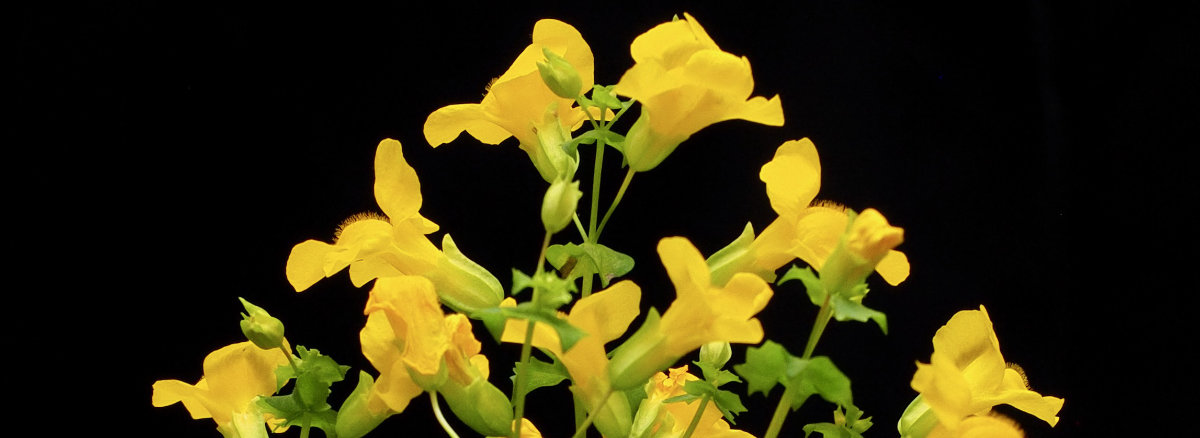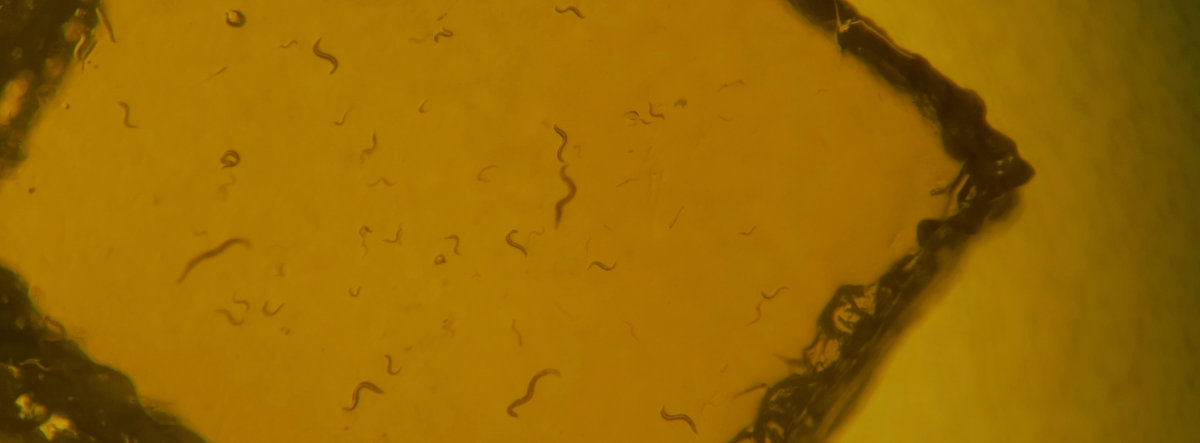YY Silene latifolia are inviable
No YY plants are produced when the Y is wild type, confirming the Y is significantly degenerated.
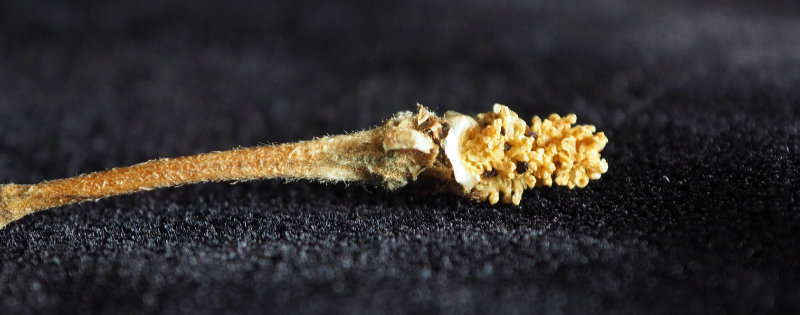
The Y chromosome of many organisms occurs as a shadow of its former self, in a degenerated state. Silene latifolia is one of the main plant species that has provided extensive evidence that the Y chromosome degenerates. Under the microscope the Y looks larger than its previously identical partner and is enriched in transposable elements and other repeats, which are also visible cytogenetically. Sequencing studies have found that about 50% of the genes on the Y have become non-functional by mutations and there have probably been two separate events that stopped the recombination between the X and the Y, that have resulted in characteristic patterns of strata of different levels of X and Y divergence.
Such events are expected to have biological consequences. One way to assess them is to generate and observe individuals with a YY genotype. This has been previously done using mutated Y chromosomes, and the effect depended on the Y variant used.
At the end of the last field season, Lynda Delph came to my office holding a dry fruit from an otherwise normal male (1/1151 flowers was female). We quickly became very excited because the offspring of this fruit come from a XY x XY cross. 25% of them should have the YY genotype, allowing us to assess the ability of a wild type Y chromosome to replace the function of the X in plant development.
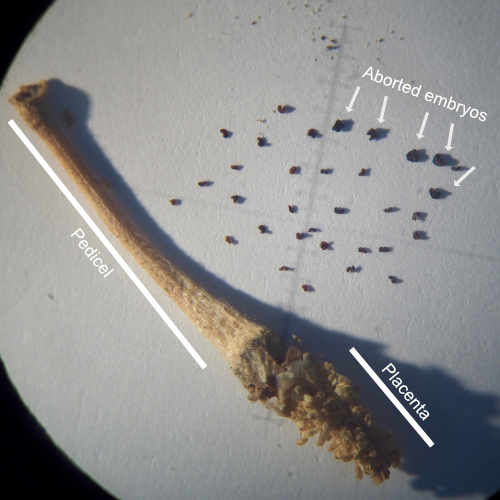
We used PCR to score DNA sequences that were previously found to only occur on the X or the Y chromosome to assign the offspring of our cross into the XX, XY and YY genotypes. We did not see any YY individuals, and this was supported statistically i.e., it is very unlikely we would not see any given our sample size. Our data confirm that YY offspring do not develop. This suggests that there are genes on the X that are required for generating a normal plant, i.e. that the Y chromosome is too degenerated to support normal development.

Furthermore, it is likely that this developmental failure affects the production of ovules, because the rare fruit that we used had very few ovules, and a normal proportion of aborted seeds.
Read the full paper here.
